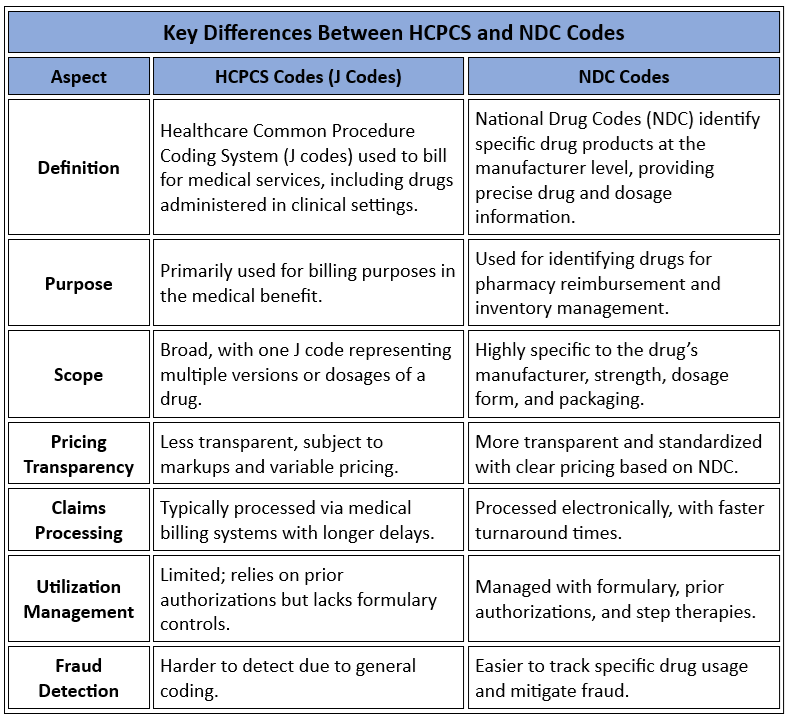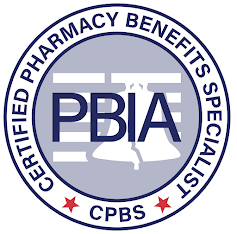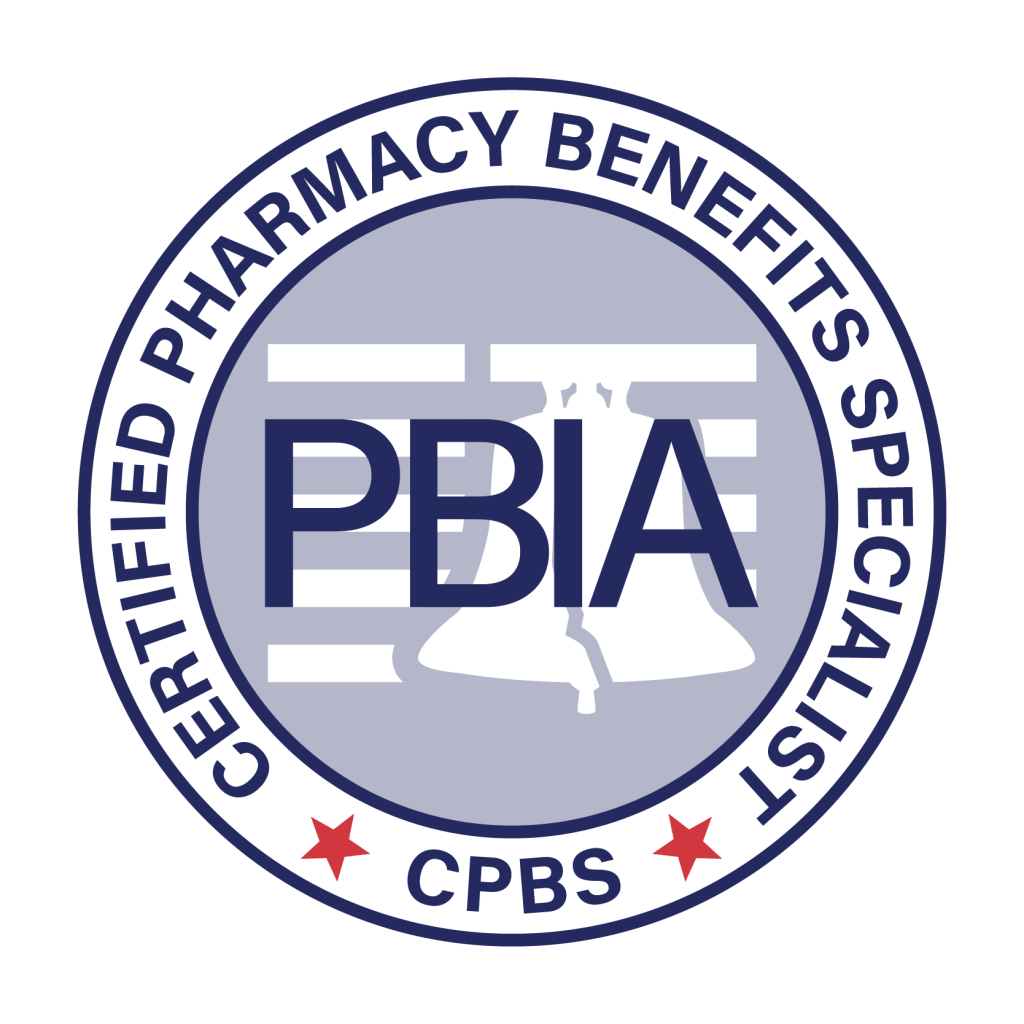Maximizing Cost Efficiency and Control: Moving J Code Drugs from Medical to Pharmacy Benefit
As pharmacy benefit managers (PBMs) and health plan sponsors face increasing pressure to manage costs without compromising care, one of the most effective strategies is moving J code drugs from medical to pharmacy benefit. This approach can streamline administration, increase transparency, and create more predictable pricing structures for stakeholders. In this blog, we’ll explore the benefits of this transition, and I’ll explain the key differences between HCPCS and NDC codes through a simple table.
Understanding J Code Drugs
J codes are part of the Healthcare Common Procedure Coding System (HCPCS), which healthcare providers use to bill for injectable drugs, chemotherapy, and other treatment medications administered in clinical settings. When billed under the medical benefit, these drugs often come with opaque pricing and limited oversight, making it difficult for plan sponsors to manage costs effectively.
Benefits of Moving J Code Drugs to the Pharmacy Benefit
- Increased Cost Transparency: Under the medical benefit, drugs billed using J codes tend to come with variable pricing due to fee-for-service models and markups from healthcare providers. In contrast, the pharmacy benefit utilizes National Drug Codes (NDC), which allow for more standardized and transparent pricing, enabling better cost management and forecasting.
- Better Clinical Management: Pharmacy benefits offer a structured formulary, prior authorization requirements, and utilization management tools that ensure members receive the most appropriate medication. With J code drugs under the pharmacy benefit, plan sponsors can implement these clinical management techniques to control utilization and promote evidence-based medicine.
- Streamlined Claims Processing: Medical benefit claims often come with delayed payments and higher administrative complexity. By moving these drugs to the pharmacy benefit, plan sponsors can leverage electronic processing, reducing delays and ensuring more accurate reimbursement.
- Specialty Pharmacy Expertise: Many J code drugs are high-cost specialty medications. When these drugs are shifted to the pharmacy benefit, they can be managed through specialty pharmacies that offer tailored support services like patient education, adherence programs, and risk management.
- Mitigation of Fraud, Waste, and Abuse: The move from HCPCS to NDC coding allows for more granular data tracking, making it easier to identify potential instances of overbilling, upcoding, or inappropriate use. Pharmacy benefits also have stricter audit protocols, which can help reduce the risk of fraud.
Final Thoughts
Start by analyzing historical claims data for J code drugs under the medical benefit. Identify high-cost drugs, their utilization patterns, and the settings where they are administered (e.g., hospitals, outpatient centers). This will allow you to prioritize which drugs to transition first, focusing on those that offer the greatest potential for cost savings and clinical oversight when moved to the pharmacy benefit.
Moving J code drugs from medical to pharmacy benefit is a practical and strategic move for organizations looking to take control of rising specialty drug costs. Not only does this shift offer better financial transparency, but it also enhances clinical oversight and provides a framework for reducing inefficiencies. By leveraging the advantages of NDC-based drug management, plan sponsors can deliver better outcomes for patients while ensuring a more predictable and manageable cost structure.





